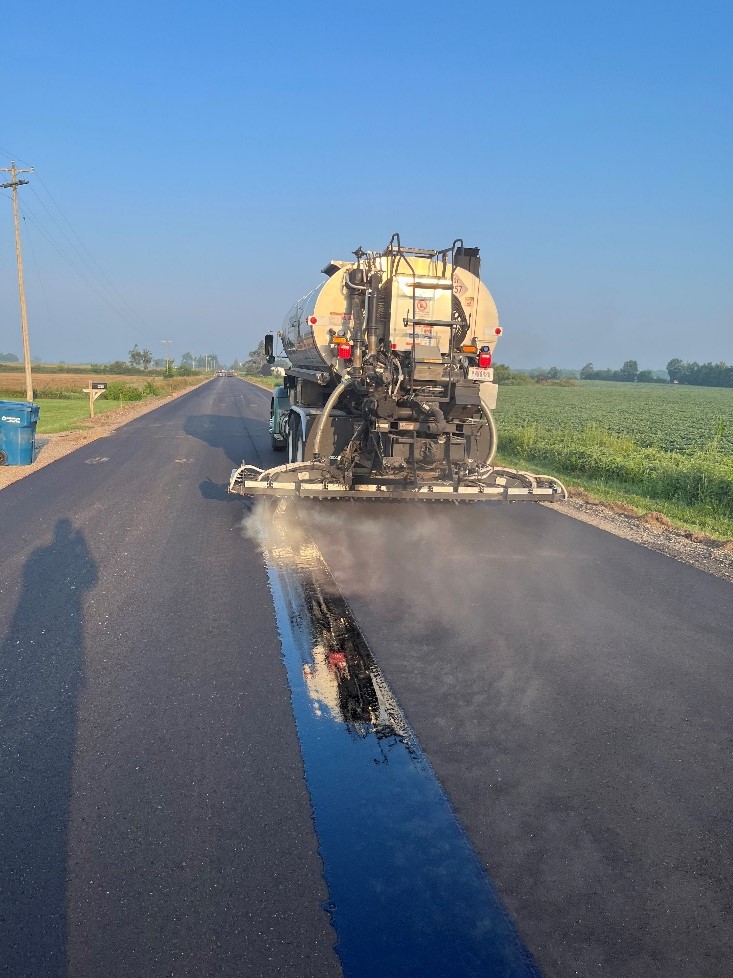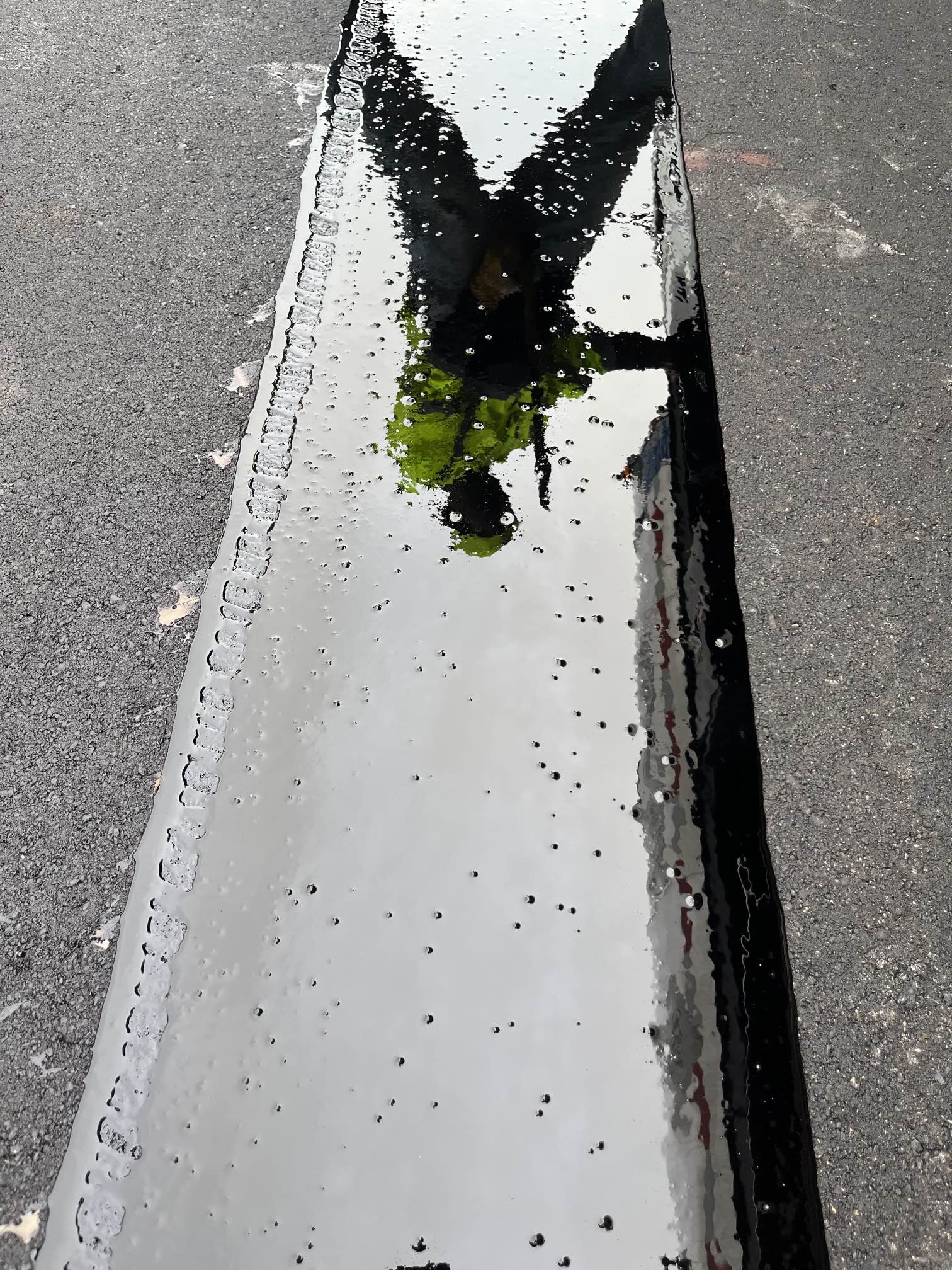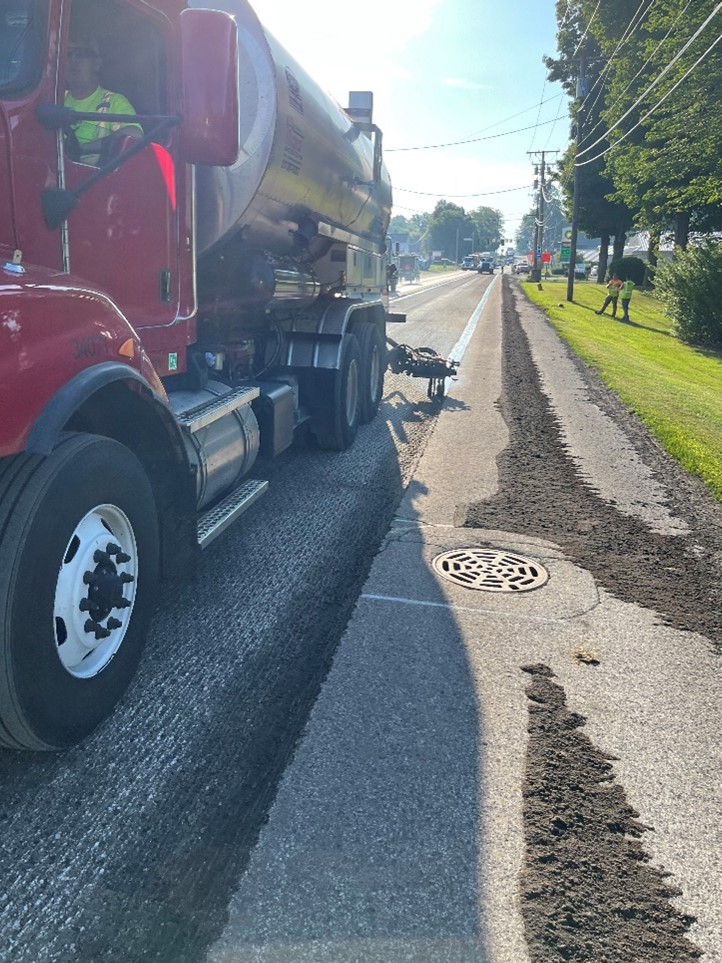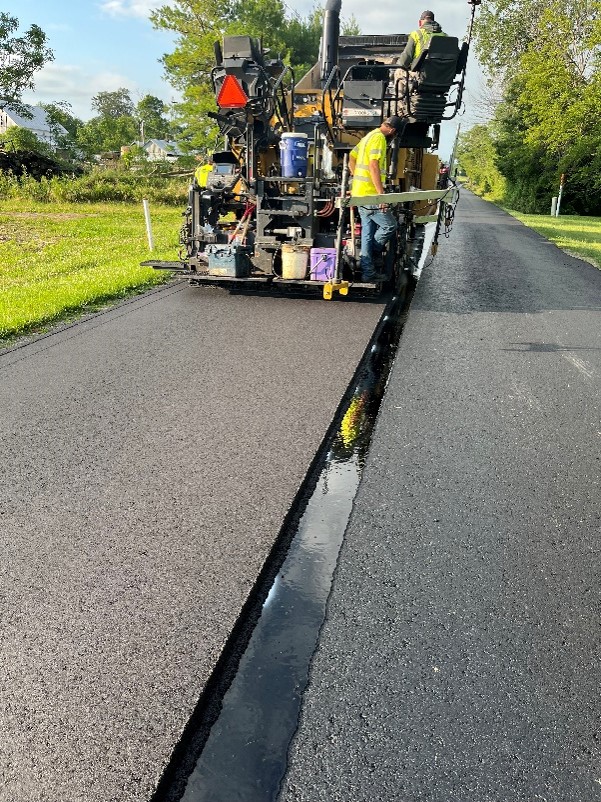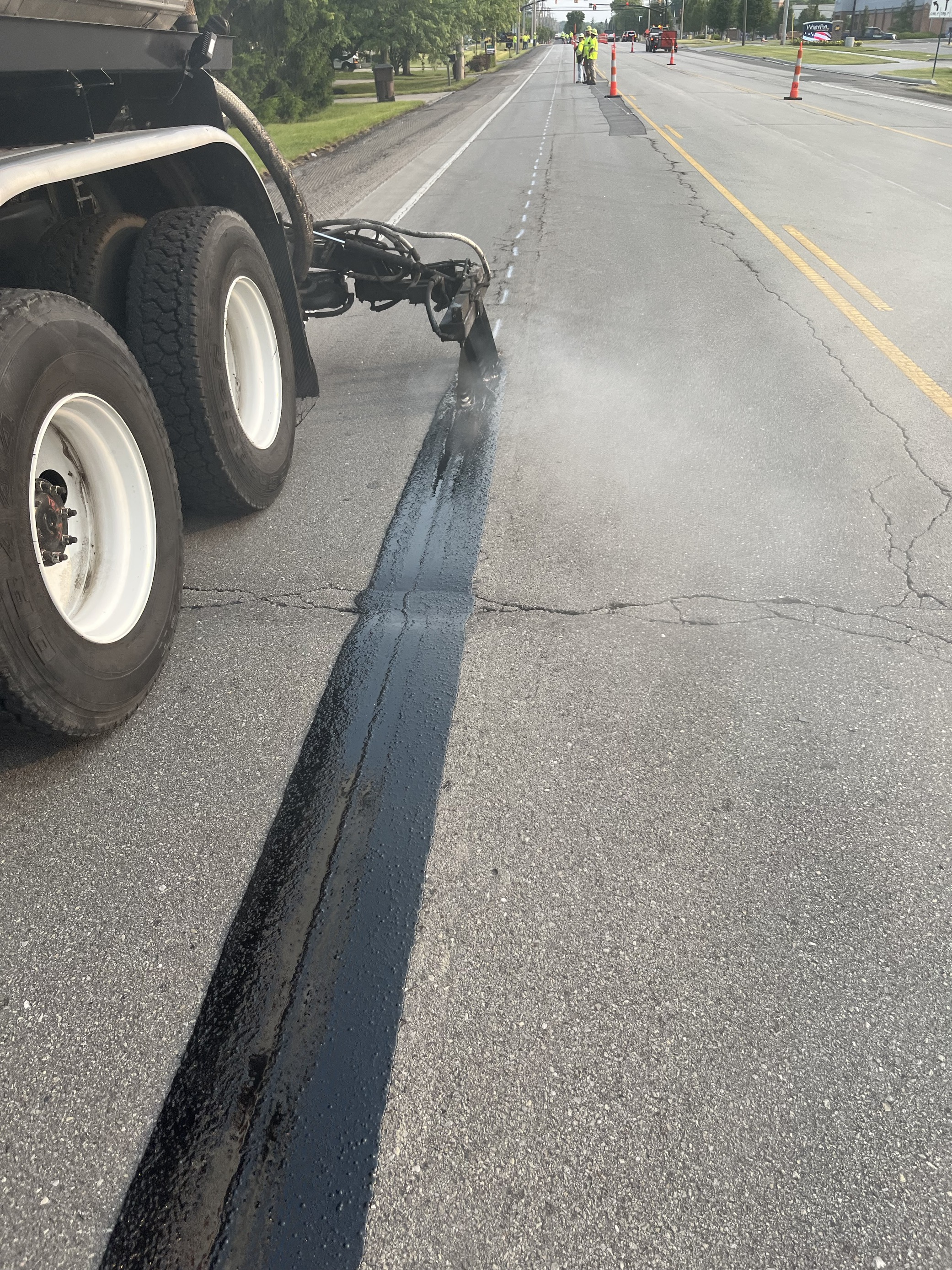By applying a Void Reducing Asphalt Membrane (VRAM) at the time of construction to longitudinal joints, local and state Department of Transportations (DOTs) can ensure their roads are less vulnerable to elements, such as water and air. VRAM fills pavement voids in the longitudinal joints and helps create stronger, safer,...

